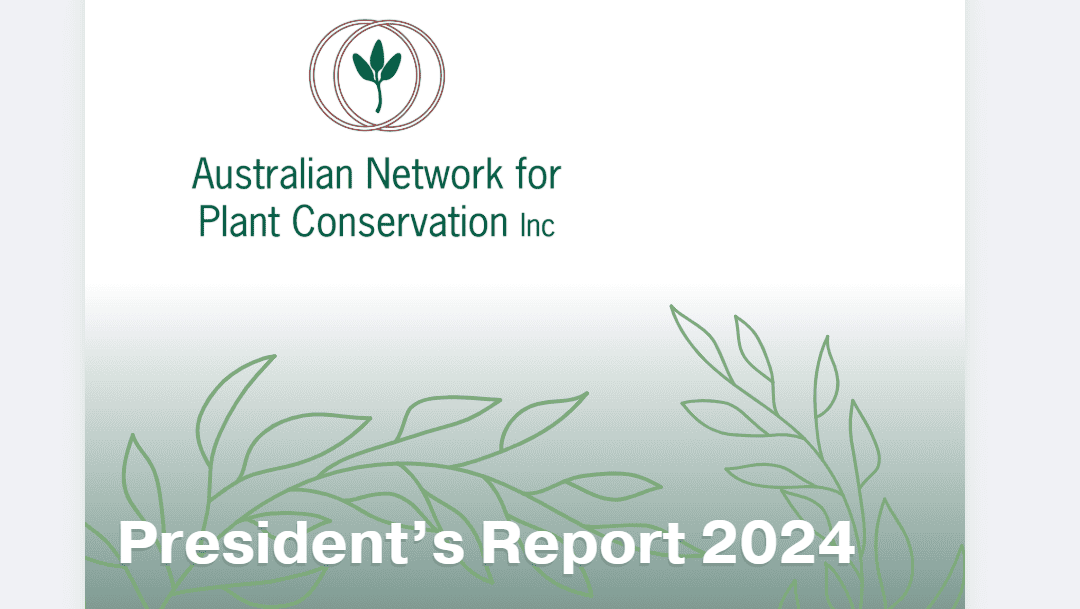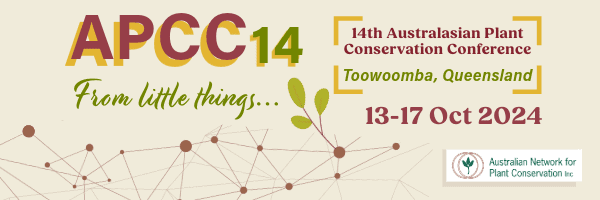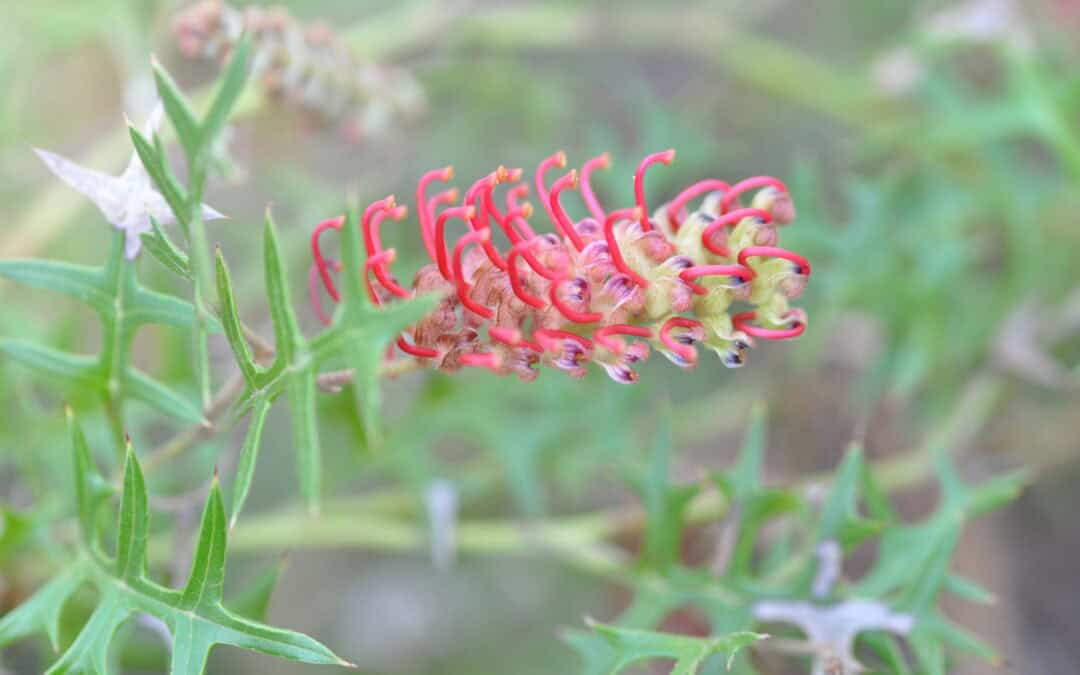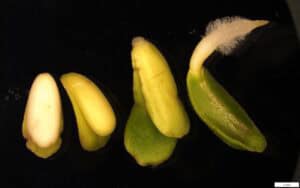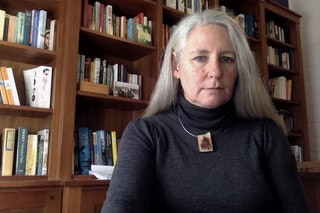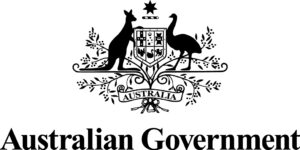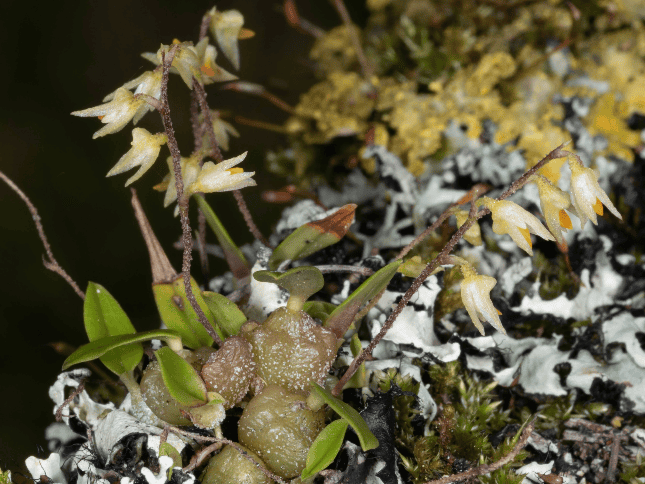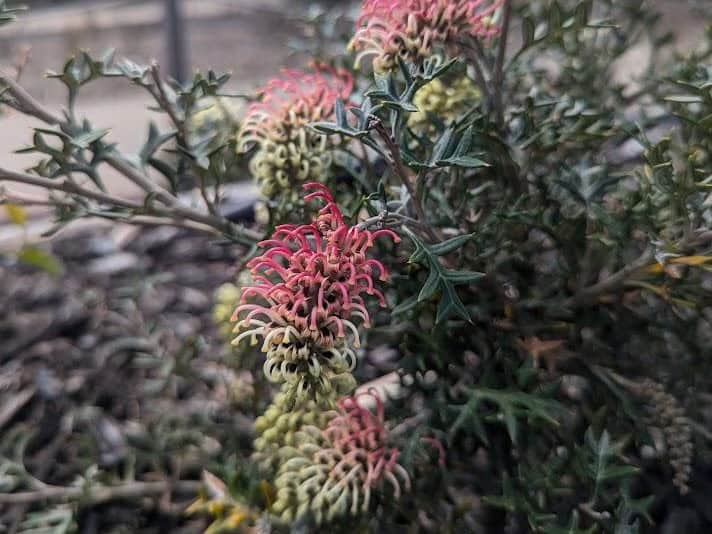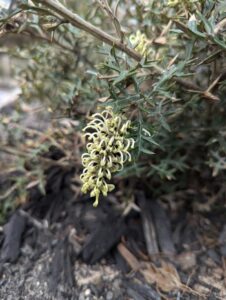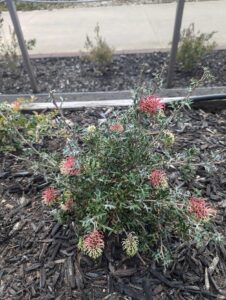
Mar 28, 2025 | News
The President’s Report for 2024 from President Caroline Gross is now available to view online.
Contained within are details of all of the significant projects which have been undertaken in collaboration with our partner organisations this year, including:
and much more…
Caroline has also highlighted the important work carried out by our project managers Paul Donatiu and Chantelle Doyle over the past year, along with Outreach Delegate Bob Makinson, as well as office staff Jo Lynch, Richie Southerton and volunteer Robert Hawes. She also took the opportunity to thank the members of our committee who are finishing their terms.
See the full President’s Report 2024 here.

Mar 20, 2025 | News
We had so many wonderful and varied presentations, there’s so much to learn about plant conservation in Australia, all in one convenient place! A big thanks goes to our presenters for sharing their wealth of expertise and insights over 3 fantastic days.

Mar 12, 2025 | News
Grevillea microstegia (Mt Cassell Grevillea) is a critically endangered Victorian endemic found only in the northeastern part of the Grampians around Mt Cassell, accounting for the species’ common name.
As part of the ‘Preventing the extinction of Victoria’s threatened flora’ project funded by the Department of Energy, Environment and Climate Action’s Nature Fund, Royal Botanic Gardens Victoria staff have conducted comprehensive surveys of the species with project partners, whilst simultaneously collecting seeds for long-term banking, tissue samples for genetic analysis, and cuttings for ex situ cultivation.
Seeds of the Mt Cassell Grevillea are difficult to collect in large quantities owing to low yields, and even more challenging to germinate. Recently, Victorian Conservation Seedbank staff successfully germinated this species in the lab setting by fully removing the seed coat, allowing them to document the germination process.

Germinating plants – Credit: Robert Hare
Whilst more labor intensive than the heat or chemical batch-treatments required by other hard-to-germinate species, manual seed coat removal is straightforward if fiddly! This significant development will help us to more effectively conserve the Mt Cassell Grevillea and support future restoration efforts.

Image showing manual seed coat removal – Credit: Hongxiang Zhang
Main image: Grevillea microstegia – Credit: Noushka Reiter
The ‘Preventing the extinction of Victoria’s threatened flora’ project is led by Royal Botanic Gardens Victoria in partnership with La Trobe University, Australian Network for Plant Conservation, DEECA, Parks Victoria, Trust for Nature, Wimmera Catchment Management Authority, Nillumbik Shire, ENVITE, Bairnsdale & District Field Naturalists Club, Friends of the Grampians Gariwerd, WAMA Botanic Gardens, Halls Gap Botanic Gardens, and the Australasian Native Orchid Society Victorian Branch.

Jan 10, 2025 | News
Pip Walsh joined ANPC late last year as the Myrtle Rust Recovery Action Coordinator. Pip has over 30 years’ experience in the not-for-profit sector working in senior roles at WWF, Greening Australia and Bush Heritage. Since 2016 Pip has specialised in working with project teams to develop, implement and improve conservation and community projects using the Open Standards for Conservation.
Pip will head our new project funded by the Australian Government under the Saving Native Species program, which will coordinate recovery actions over 18 months for four Critically Endangered plants at risk of near-term extinction or serious decline due to the exotic fungal disease Myrtle Rust: Native Guava (Rhodomyrtus psidioides); Angle-stemmed Myrtle (Gossia gonoclada); Scrub Turpentine (Rhodamnia rubescens) and Smooth Scrub Turpentine (Rhodamnia maideniana). Click here to learn more about the project.
In her spare time Pip is a keen bushwalker, still potters around a soccer field and gets her hands dirty with Narrowneck Bushcare group.
This project is supported by funding from the Australian Government.


Jan 10, 2025 | News
New CSIRO research published in Phytotaxa investigating the Adelopetalum argyropus species complex has described 2 new species of orchid: A. howense and A. continentale. The ANPC supported fieldwork for the project in northeast NSW through San Diego Zoo Wildlife Alliance funding, resulting in the description of Adelopetalum continentale, as well as assessing the impact on the species following the 2019/20 fires. This was undertaken as part of our “Prevent rare plant extinction and reduce impacts of future fires” project.
CSIRO has produced a blog post describing the research, which was also conducted on Lord Howe and Norfolk Islands, with A. howense and A. argyropus described on those 2 islands respectively.
The full article describes the history of the taxonomy, as well as each of the species and their extent. You can read it over at: https://phytotaxa.mapress.com/pt/article/view/phytotaxa.678.1.9
Image: Adelopetalum continentale – Credit: Jeremy Bruhl

Dec 13, 2024 | News
As part of the The ‘Preventing the extinction of Victoria’s threatened flora’ project, horticulturists and scientist have been surveying for, collecting seed, and propagating the critically endangered Grevillea pachylostyla (Buchan River grevillea). These collections will form the basis of an insurance collection and seed orcharding program, safeguarding the future of this species. This elusive, sprawling shrub is known only from deep chasms and steep rocky outcrops in some of Victoria’s most remote alpine areas, making conservation efforts challenging.
This species can now be found in Royal Botanic Gardens Victoria’s conservation collections. The species’ conflorescences (compound flower stems) are cream coloured and gradually change colour to pinkish red as each individual flower reaches anthesis (opening).
Grevillea pachylostyla can be seen flowering now in the Research Garden and Stringybark Garden beds at Cranbourne Gardens—get in before it’s too late!


This research is funded by Department of Energy, Environment and Climate Action‘s Nature Fund.
The ‘Preventing the extinction of Victoria’s threatened flora’ project is led by Royal Botanic Gardens Victoria in partnership with La Trobe University, Australian Network for Plant Conservation, DEECA, Trust for Nature, Wimmera Catchment Management Authority, Nillumbik Shire, ENVITE, Bairnsdale & District Field Naturalists Club, Friends of the Grampians Gariwerd, WAMA Botanic Gardens, Halls Gap Botanic Gardens and the Australasian Native Orchid Society Victorian Branch.
Images Credit: Matthew Henderson
